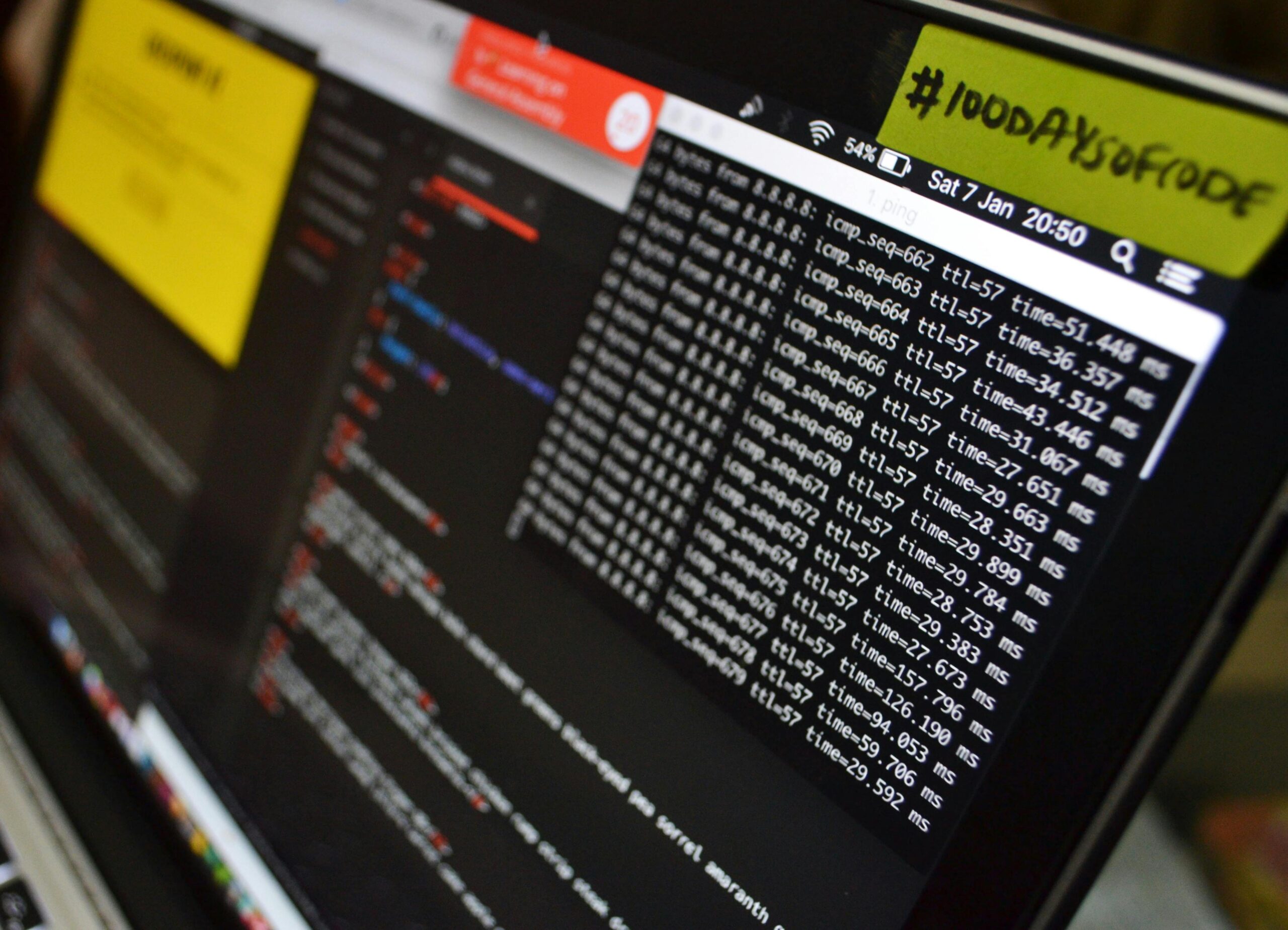Some industries move faster than others. They grow, shift, and surprise everyone watching, and over the last decade, fintech, artificial intelligence (AI), and crypto have been the most visible examples. They’ve produced billion-dollar companies, sparked public debate, and forced older players to rethink their place in the market.
Even though they differ in products and audiences, they share one thing, and that’s a habit of testing ideas in public and building momentum through community support. For anyone curious about how to keep up with change, these sectors offer lessons worth paying attention to.
Fintech’s Push for Simplicity
Money has always been complicated, but fintech companies proved that it doesn’t have to feel that way. Services like PayPal, Revolut, and Stripe broke through because they made payments and transfers less stressful. Instead of asking users to accept slow bank systems, they put speed and clarity first. Today, even traditional banks try to copy their style with instant payments and easy-to-use apps.
Fintech shows that customers don’t reward the most advanced tools. They reward tools that save them time. This is a reminder that innovation is less about building heavy features and more about clearing out friction. People want their daily tasks to be easier, not more technical.
Crypto’s Community Test Case
Crypto is still seen as a risk-heavy space, but it has proven one idea again and again: people will rally around projects that feel like a community. Bitcoin and Ethereum gained trust because their users built open systems around them. Meme tokens brought this spirit into a lighter, more playful form.
One recent example is Maxi Doge Token. The project has raised almost $2 million in presale and is built on a sense of group identity. It pushes the phrase “In Gains We Trust,” blending humor with trading culture. Part of its appeal is that it invites holders to feel like early backers of a shared experiment. The project was launched in maxidogetoken.com, and while still young, it mirrors how community-driven tokens can fuel hype and raise funds quickly.
The takeaway here is that people like to be part of something that feels alive. Crypto shows that if you can create a shared story, the audience itself will push the idea forward.
The Unique Combination of Creativity and Utility in AI
AI has transitioned from the research lab to the kitchen table. Applications, such as ChatGPT and image generators, have joined the toolbox for everyday search engines and productivity tools. The difference is that AI is more than just technology because it merges creativity and utility. A writer can come up with new ideas, and a doctor can see patterns in the test results.
The important takeaway is that some of the best innovations not only amaze people with what they can do, they also integrate into different parts of everyday life and reduce the burden of work. The AI boom shows us that timing is important. AI had been around for a long time, but when the tools became really easy for anyone to try, it took off. When people were able to see (or use) results instantly, the movement took off.
Shared Patterns Across Sectors
There are some clear recurring themes common amongst fintech, AI, and crypto in today’s world. Firstly, they have all defined some level of simplification. Fintech simplified the transfer of money, AI has simplified the entry point to complex models, and crypto has simplified trading by decentralizing the exchange away from a bank.
Secondly, they all operate at a pace. An average consumer does not want to wait weeks for a response or results. They want the ability to test something today, find out what happened, and share it. Sectors that keep momentum moving keep attention.
Thirdly, they all create an identity. Think about the brightly coloured debit card from Revolut, the instant feedback from an AI-based application, or the meme tokens that come with hashtags. It matters when it is personal. Consumers build an imaginarium relationship to concepts when they feel part of the story.
Risks That Shape Innovation
All of these industries are important reminders that there is no advancement without risk. Hacks, scams, and AI model misuse have surfaced as technology continues to move faster than regulations and safety nets. Governments of the world are still learning how to engage with regulation while keeping the market open and active.
Risk creates a portion of what drives the innovation in these industries. The ethos of public experimentation motivated projects to produce more secure, better-designed, and clearer outputs. Each of these industries has an event that erases itself into the next generation of products.
Why Other Industries Should Watch
Healthcare, education, and energy are slower to adopt change, but they can borrow lessons from fintech, AI, and crypto. They don’t need to copy the products, but they can copy the spirit. Focus on cutting away clutter, speeding up results, and creating a sense of shared identity. If these rules can apply to money transfers and AI chatbots, they can apply to hospitals, classrooms, and power grids too.
Even small businesses can use these ideas. A local store that sets up simple mobile payments is already applying the fintech model. A marketing agency that uses AI for faster drafts is following the AI example. A sports club that launches a token for fans is learning from crypto. Innovation doesn’t always mean inventing something new. It often means taking a working pattern and fitting it into a fresh space.
Conclusion
High-growth sectors remind us that change doesn’t happen in the background. It happens in public, with real people testing, failing, and sharing their experiences. Fintech, AI, and crypto show that success comes from simplicity, speed, and community.
For anyone looking to build the next idea, the message is clear: don’t focus on what looks impressive on paper. Focus on what feels useful, fast, and shared in practice.




